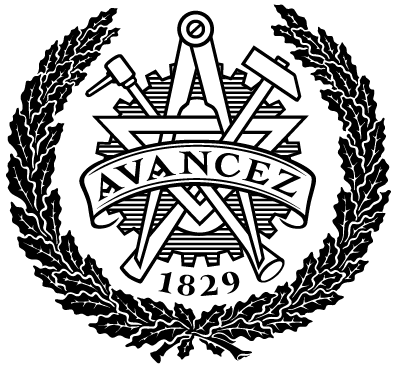Search for polarisation in LOFAR data
Publicerad
Författare
Typ
Examensarbete för masterexamen
Program
Modellbyggare
Tidskriftstitel
ISSN
Volymtitel
Utgivare
Sammanfattning
The Low Frequency Array (LOFAR) is a new-generation digital radio telescope centred
in the Netherlands and with international stations located in several European
countries, including Sweden. The sensitivity, angular resolution, and survey speed
of LOFAR makes it an ideal instrument to conduct high-quality observations of the
entire northern sky in a poorly unexplored part of the electromagnetic spectrum at
frequencies below 180 MHz. LOFAR is anticipated to detect millions of new radio
sources. Most of them are extragalactic sources powered by accretion of matter onto
supermassive black holes at the centres of galaxies.
LOFAR can detect synchrotron radiation produced by relativistic electrons accelerated
by magnetic fields. Measuring the polarisation of the radiation makes it possible
to gain insight into the intrinsic properties of the sources and of the magnetised
plasma along the line of sight (between the sources and the observer) via Faraday
rotation.
In this work, I have analysed data from the ongoing LOFAR survey and developed
a new computer code in Matlab to search for polarisation in the large (and rapidly
increasing) LOFAR dataset. In the future, it is likely that the use of neural networks
will enable significant advances in this type of studies.
Beskrivning
Ämne/nyckelord
LOFAR, Polarised sources, Synchrotron emission, Faraday rotation, Faraday dispersion function, Faraday cube, LoTSS, Neural networks
